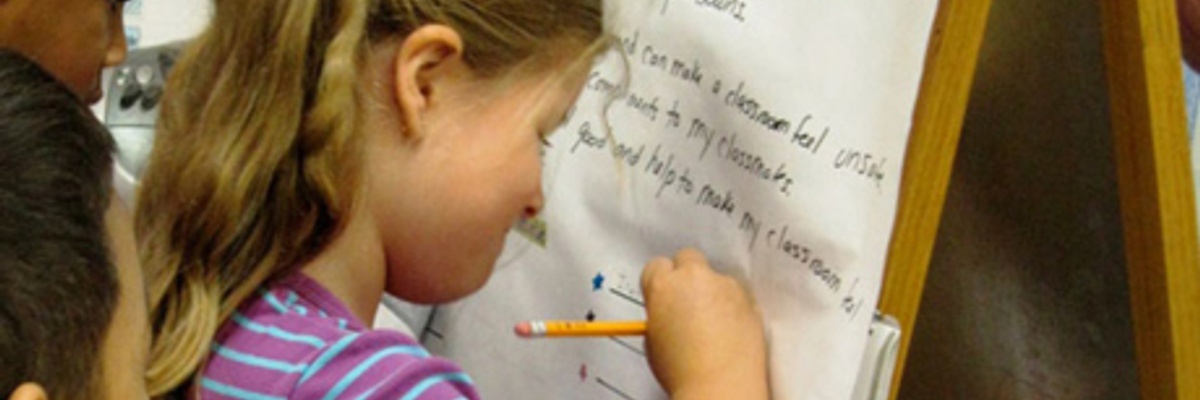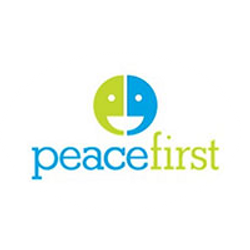Choose to Act
“First, find your issue that is most personal to you. If it isn’t personal then it isn’t real or authentic. It doesn’t help anyone if you join something just for the sake of joining. Find what is most personal. Read on it. Do your research. Start interacting with people who are adamant about solving whatever is personal to them. I’m a firm believer not to jump to other people’s causes that you can’t speak to. Don’t lead someone else’s story or issue.” – Babatunde
What is a problem you really care about and why is it a big deal in your community?
To start, you and your team of peacemakers need to choose an issue or problem that you care about and that affects your community. It needs to be an injustice – meaning an issue that really hurts or holds back groups of people – not just an inconvenience. And it needs to be an issue where you can and want to make a difference. The Peace First Challenge platform provides you with a sequenced set of tools to help you and your team complete this step. Check out this video from Alexis and how she chose the injustice that she cares about:
Understand the Problem
What is at the root of this problem you care about and how can you imagine a compassionate solution?
Once you and your team know the problem you wish to tackle, the next step is to understand the issue in a deeper way to uncover a powerful solution. In a peacemaking project the core to creating a solution is understanding other people’s positions and points of view in order to understand the complexity of a problem, its root causes, and possible solutions.
These tools will help you navigate through this step.
Watch this short video to learn about the insights that led Matthew to decide on his solution:
Plan
How can you turn this insight into action, breaking down the solution into concrete steps on a clear timeline, and invite others to join you?
Even the most amazing insights are meaningless without a plan to make them real in the world. So where do you get started? There is nothing magical about creating plans. You do this all the time, whether it is organizing homework assignments, planning activities with your friends, or simply deciding which movie to watch with your family. Planning involves making decisions about your goal, where to start and what to do next, who to involve, and what resources you need.
These are some of the tools we have developed to help you with this step.
And once you and your team have completed the Plan stage, you may be eligible for a mini-grant between $25 and $250 USD to support putting your peacemaking project into action!
Find out more information here
Act
How do you get started and what happens when you hit bumps in the road?
Once you have the outline of a plan, the next step is to implement it, remembering that turning a plan into reality can be exciting but hard. Throughout, it’s important to continue to return to your team’s peacemaking insight, first big goal, and planning design for guidance.
Use these tools to help you complete this step.
Reflect
How are you and the world different because of your peacemaking work?
As you and your team reach your first big goal (or realize that a new goal is needed based on what you have learned), it is the perfect moment to pause. Celebrate what happened, share what you have learned, and imagine what could happen next. While reflecting may not feel like “real” work it is as essential as any other part of your team’s peacemaking project because it is through reflection that we deepen our own learning and express gratitude to those who have joined us on the journey.
These are some of the tools we have developed and tested to help you navigate through this step.









 "Welcome to the ChangeX Peace First Guide! Here you can learn how to use Peace First’s tools to support youth peacemakers in your community. Good luck and let us know if we can help!"
- Eric Dawson, Founder of Peace First
"Welcome to the ChangeX Peace First Guide! Here you can learn how to use Peace First’s tools to support youth peacemakers in your community. Good luck and let us know if we can help!"
- Eric Dawson, Founder of Peace First
